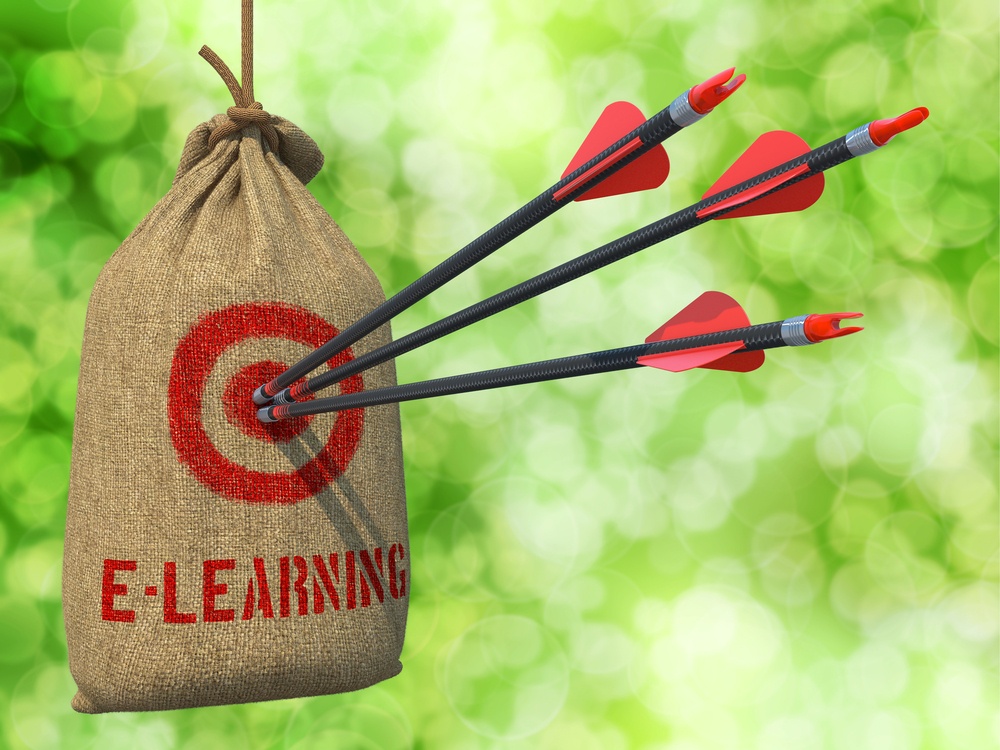Defining What The Major Goals And Expectations Of eLearning Are
Over the years, there have always been various definitions to define what eLearning really is, or how eLearning is conducted effectively as it always focusses on the specific needs of an individual or an organization. So, let's give the definition of the term first and then move on to the major goals and expectations of eLearning.
eLearning is a learning process with the combination of content that is both delivered digitally and through face-to-face learning. eLearning contributes to the shifts from traditional face-to-face learning to the use of web technological tools which enhances collaborative learning and presents an entirely new learning platform for students. eLearning has also been the principal form of distance education but now, it is also changing the instructions on higher education as it is now becoming a global agent in higher education. Advancements in technology learning have contributed to the enhancements of generations of face-to-face learning and generations of distance education. As to it, when eLearning develops, it has begun to use different approaches to address diverse goals.
The Major Goals Of eLearning
There are certain goals when it comes to eLearning and some of these are to:
- Enhance the quality of learning and teaching
- Meet the learning style or needs of students
- Improve the efficiency and effectiveness
- Improve user-accessibility and time flexibility to engage learners in the learning process
eLearning is vast and an expanding platform with huge prospective in higher education. Since there are many challenges in making eLearning effective, it is important to know how to manage it and access to the resources. Take a minute and just imagine if one is not having the roadmap to guide from start to finish is actually like plunging into eLearning without an effective strategy because learners would be lost in the learning content.
Setting Effective eLearning Goals
Setting effective eLearning goals is important in implementing eLearning as it will help in producing great results if one knows how to use it. The key success of effective eLearning is not only to set goals but to set the right goals. Therefore, it is significant to understand the types of different goals and its unique differences because each goal has its own objectives.
Besides, if eLearning is designed and developed without the right goals in mind, it will be a waste of time and money as the problems will need to be addressed again from other perspectives. Therefore, in order to set the right goals from the beginning, one should know the different kinds of goals based on the situation and the learning context. To set the right goals, one can follow a simple technique which is created to understand the deeper context on eLearning.
S.M.A.R.T
In the current era, the S.M.A.R.T goals technique is a popular method used for goal setting as it is a simple way to engage and collaborate which leads to success. Although there are a few variations of this technique, the most common and well-set goals which should meet the criteria for setting effective eLearning goals are illustrated below:
- S: Specific
Focus on the primary intended outcome for eLearning and have a specific goal for success (i.e. What is your goal? Focus on 1H5Ws). - M: Measurable
Select eLearning tools which can be measured but beware of the timing of the data to ensure the collection of feedback for further improvement. - A: Attainable
It is a consensus to use common tools available to avoid any conflicts in opinions especially if it is a shared goal, and always remember that all goals should be achievable. - R: Realistic
Set a goal that aligns with the potential unique inputs as the right goal will realistically challenge eLearning circumstances. So, be realistic to set a timeline. - T: Time-Based
Set a proper timeline for the accomplishment of the goal. Allow time for changes before the datelines as there is a present of learning curves for both educators and students when implementing a new eLearning tool.
Conclusion
It can be concluded that eLearning is an innovation in the current era as it clearly has an impact on the Education 4.0. Since it is very useful and becoming more popular, eLearning is a good solution to create an active platform for learning. Therefore, it is important to understand on setting the right eLearning goals to enhance better teaching and learning for both educators and students.







